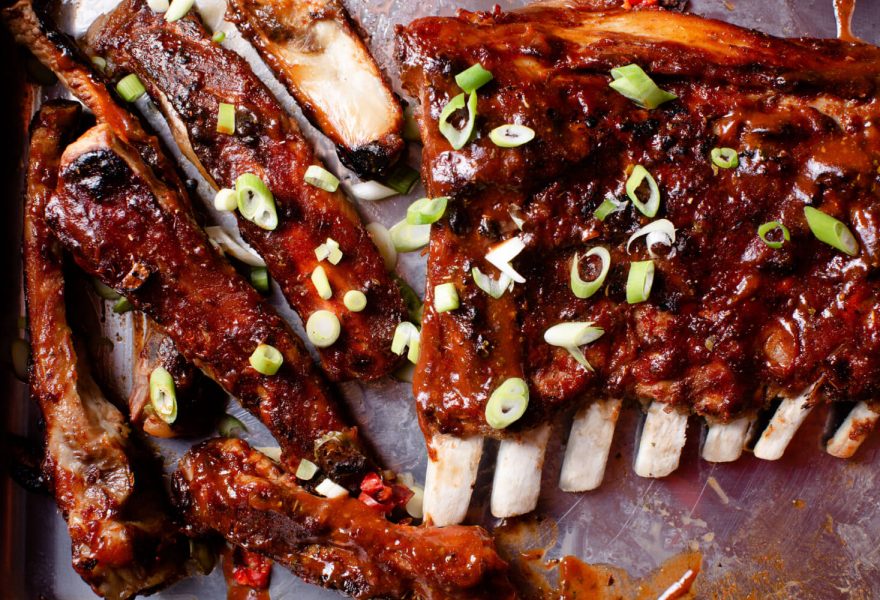Condiment staples you should always have on hand

If there is one good thing to emerge from the lockdown crisis, it’s that many have used the time to find their inner-chefs and experiment with new kitchen skills. For his final blog in a series on cupboard essentials, our UK Chef Ambassador David Colcombe explains which condiments are best to keep in stock and shares tips and tricks on how to cook with them, which you may not have considered.
Tomato ketchup
Hailed by many as the king of condiments, tomato ketchup has been a staple for many people for over a hundred years – whether it’s for dolloping on a burger bun, slathering on sandwiches or something a bit more adventurous. However, it can be used for so much more! Smooth, sweet and with a tangy tomato taste, ketchup can also be used in place of tomato puree if you don’t have any in. It can give a dish extra body and you don’t even have to cook it down!
Ketchup also forms the base for other sauces like classic cocktail, homemade BBQ sauce and sticky glazes. Try my recipe for baby back ribs with a tangy maple glaze which uses ketchup to create a caramelised maple glaze.
Olive oil and vinegars
Olive oil isn’t just fantastic for frying foods, it’s a pantry staple that can also be paired up with acids such as citrus juices or vinegar to make a delicious salad dressing. My maple and citrus bulgur wheat salad uses oil in its dressing and is a perfect, fresh dish for the summer months.
Vinegars like red or white wine, cider and balsamic are perfect for balancing out sweet flavours and can help give dishes a subtle zing. Try my baked aubergine halloumi and maple – the sharpness of the vinegar perfectly balances with the salty halloumi and the sweetness in the maple, it’s an ideal BBQ accompaniment.
Dipping a fresh, crusty loaf into a pool of balsamic and olive oil is many people’s idea of heaven – and while I love this classic combination, balsamic vinegar is also great for creating a natural and simple dressing. My maple “Waldorf” with chorizo is a twist on a classic recipe that combines lemon, maple, balsamic and olive oil to create a punchy salad.
Mustard
Whether you like it wholegrain, honey, yellow or spicy it’s usually destined to be smothered on a hot dog – but mustard can be used for so much more. Mustards are the hidden ingredient in so many meat glazes, salad dressings and homely dishes like our vegan aubergine and maple hot pot.
Soy sauce
I always add a splash of soy sauce when cooking Asian dishes. While we can’t easily access some of our favourite takeaways and restaurants at the moment, soy sauce is the perfect condiment for creating an authentic, oriental taste. It easily jazzes up a simple fried rice or noodle dish, and can also be delicious in fish recipes like our maple and soy glazed mackerel. The soy, ginger and maple combination creates a glossy and sticky sauce and is so tasty cooked in the oven, or on the BBQ!
Don’t forget to share your culinary masterpieces with us on Facebook, Twitter or Instagram.
Happy cooking!
David
A natural source of energy
Maple syrup is a natural source of energy. Check out our recipes for food and drinks before, during, and after exercise.
)